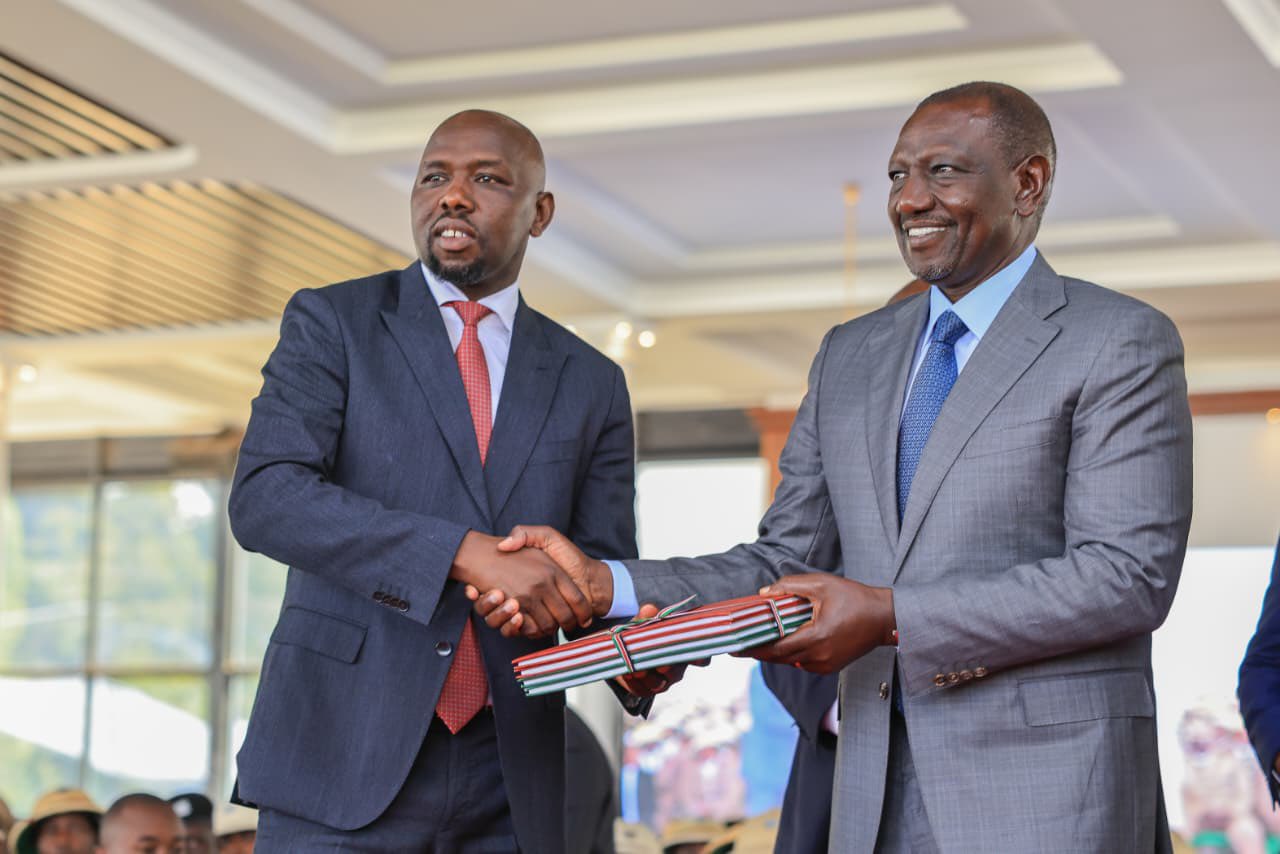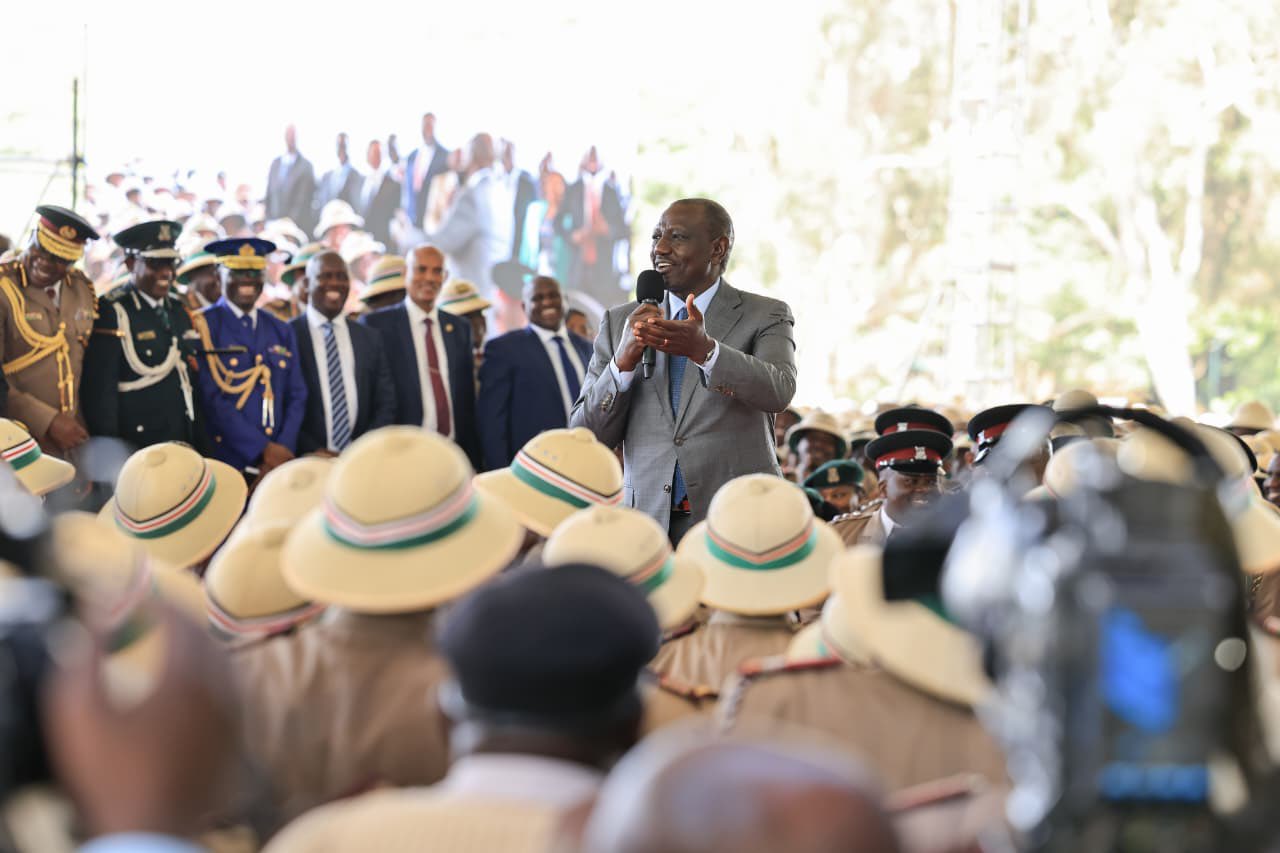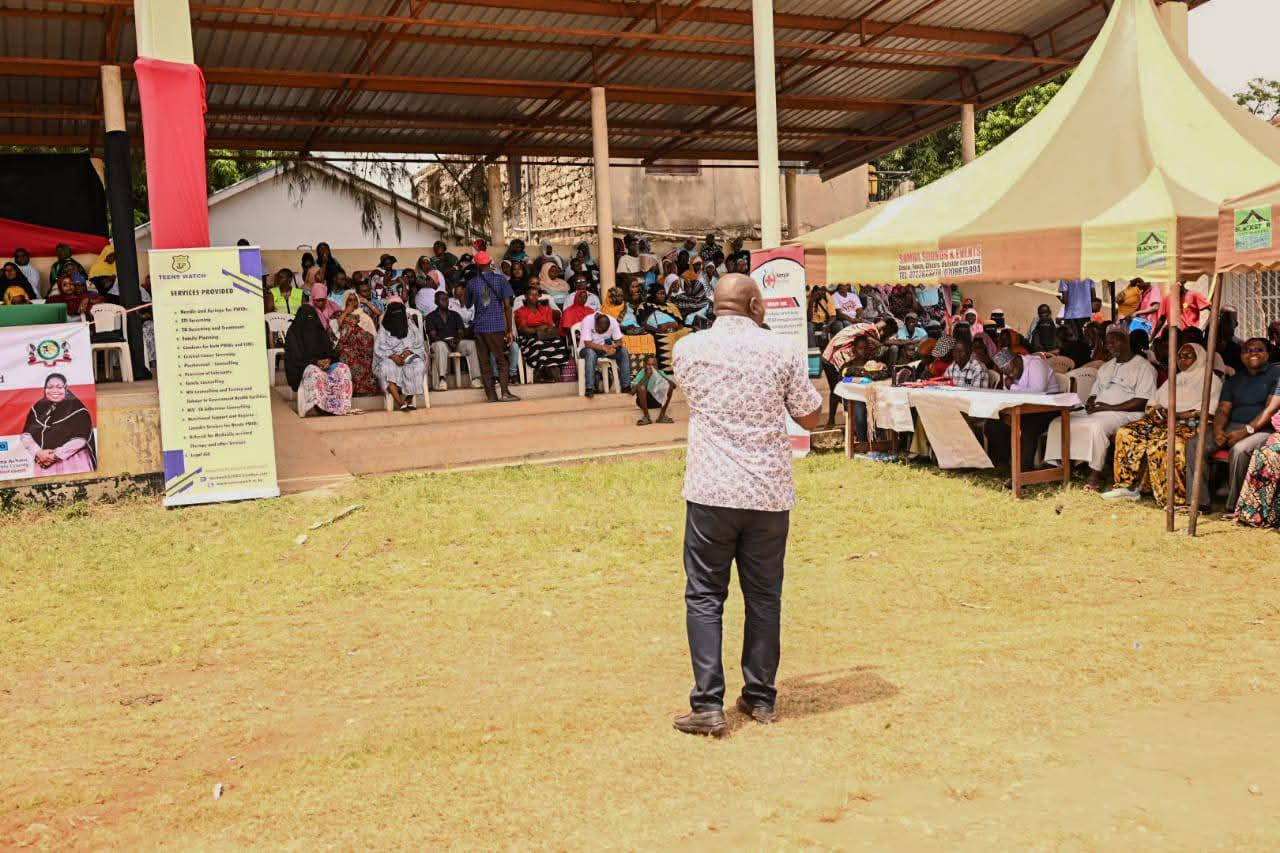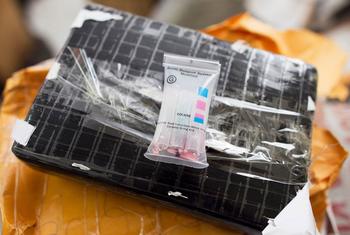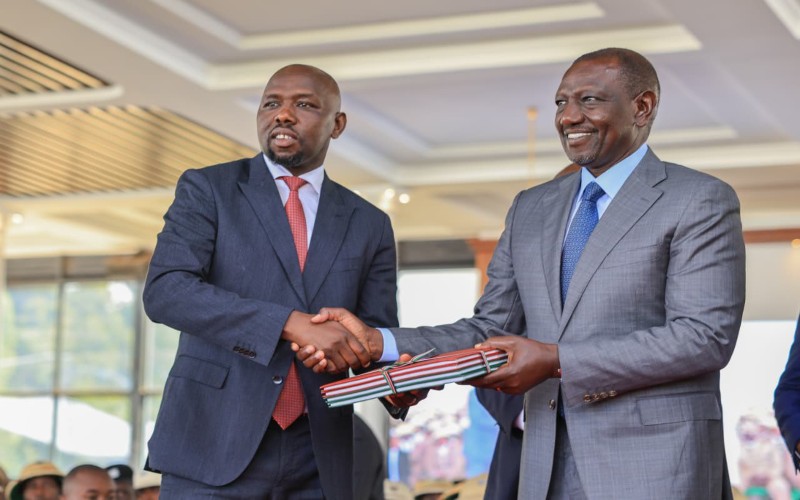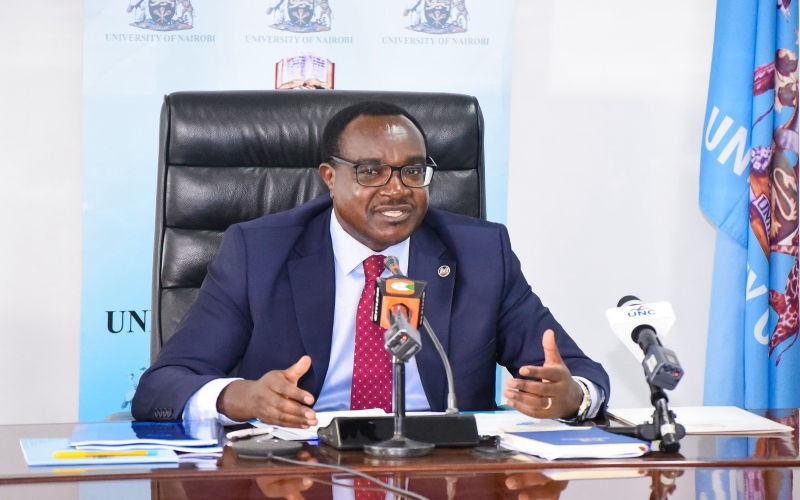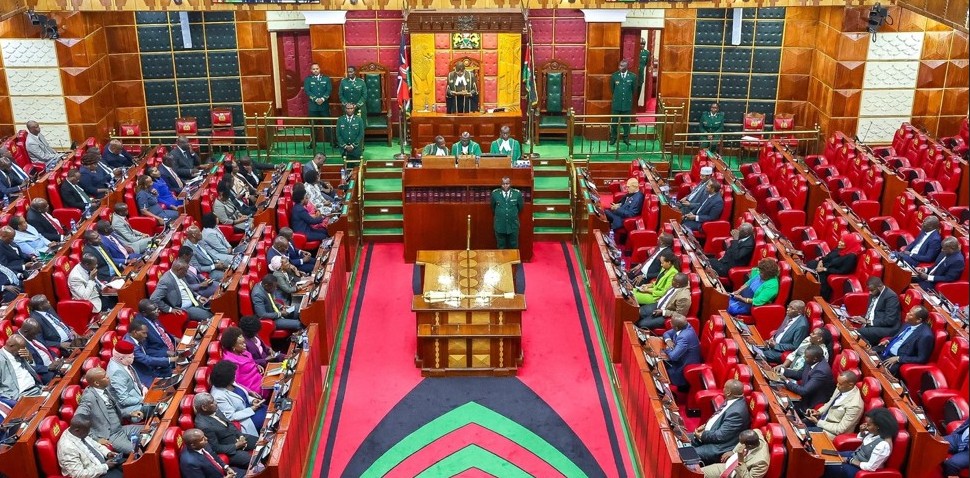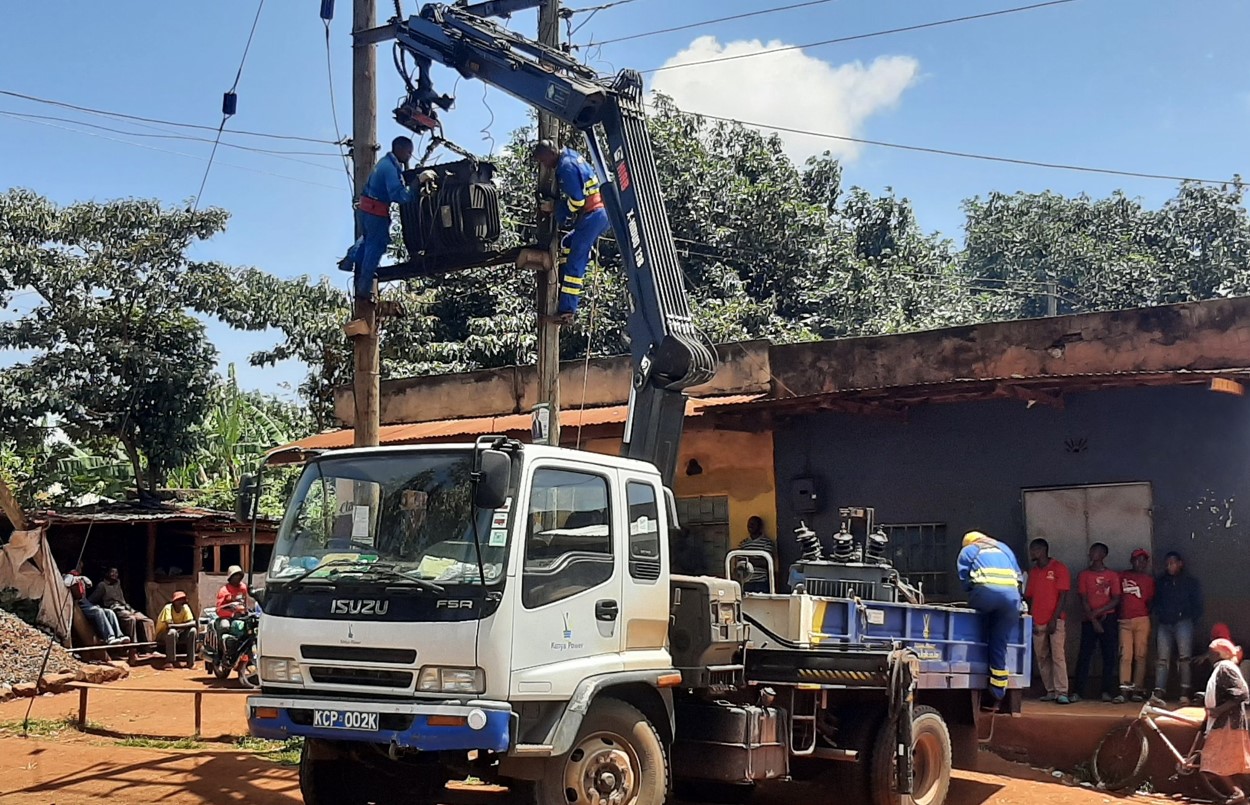14 EAC, Comesa and SADC countries sign treaty for free trade
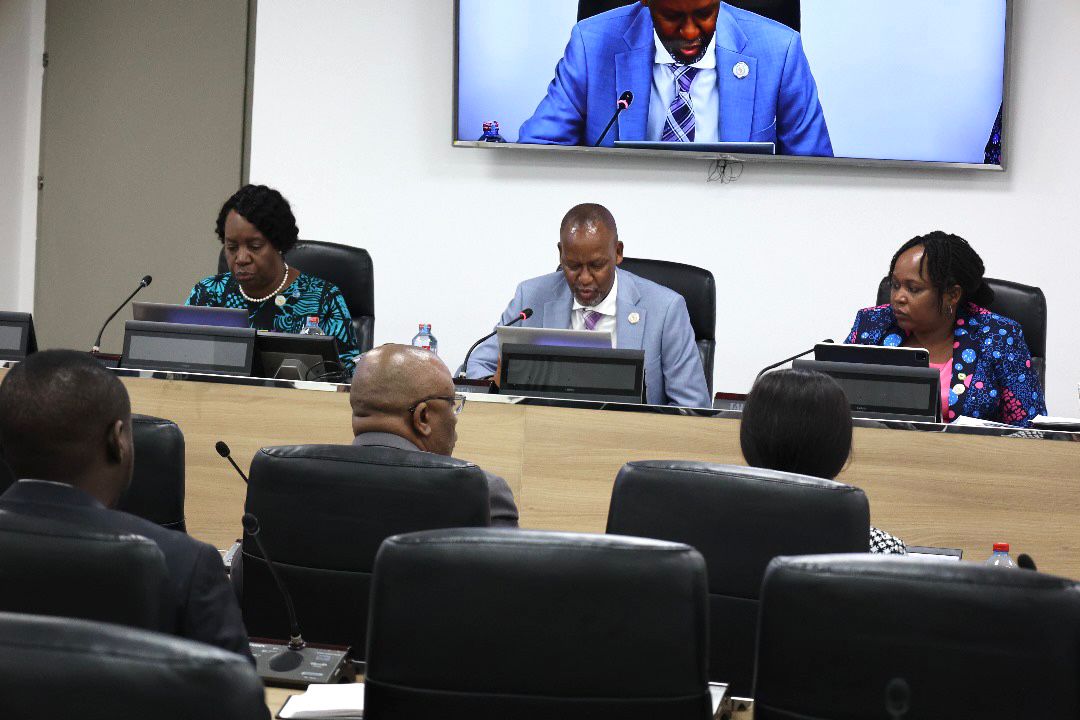
With the completion of the agreement, Africa could soon witness a significant milestone towards economic integration
At least 14 East, Central, and Southern African countries have agreed to begin free trade under the Tripartite Free Trade Area (TFTA) Agreement.
This agreement, which came into force on July 25, merges the East African Community (EAC), the Southern African Development Community (SADC), and the Common Market for Eastern and Southern Africa (Comesa) into a unified commerce bloc.
More To Read
- EAC's Nairobi summit pushed to January amid regional tensions
- Kenya criticises ‘over-judicialisation’ after East African Court of Justice blocks EU trade deal
- East African Court postpones swearing-in of nine Somali legislators to EALA
- Museveni clarifies Indian Ocean comments after Kenya downplayed war talk
- President Ruto receives key AU reform proposals ahead of Luanda Summit
- EAC trade revenues hit Sh4.9 trillion as regional commerce accelerates
This development follows the submission of ratification instruments by 14 out of the 29 partner states, meeting the necessary threshold for the TFTA to come into effect.
"Malawi, Lesotho, and Angola are the latest member states to ratify the agreement, making it 14 countries. It takes effect on July 25, 2024," said Christopher Onyango, Director of Trade and Customs at the Comesa Secretariat in Lusaka, Zambia.
He said technical aspects of the agreement have to be put in place before the countries can start trading freely.
Other countries that have ratified the agreement are Botswana, Burundi, Egypt, Eswatini, Kenya, Namibia, Rwanda, Uganda, South Africa, and Zambia.
In the EAC, Kenya, Rwanda, and Uganda have ratified the tripartite agreement, with the Democratic Republic of Congo and Tanzania yet to do so.
Together, these countries accounted for 75 per cent of the tripartite GDP in 2022, and will now trade as a bloc with the European Union.
SADC Executive Secretary Elias Mpedi Magosi said the Southern Africa bloc will continue engaging the tripartite member states which are yet to ratify the agreement.
“We urge the partner states to mobilise resources and support the implementation interventions, including setting up the necessary implementation structures. The objective of establishing the Comesa-EAC-SADC FTA was to enhance market access, address the issue of multiple memberships, and further the objectives of cooperation, harmonisation, and coordination of policies among the three regional economic communities,” he said.
Reacting to the agreement, EAC Secretary-General Veronica Nduva emphasised the need to consolidate the Tripartite Free Trade Agreement. She highlighted its potential benefits, the importance of preserving the gains made and strengthening the participation of member and partner states in the African Continental Free Trade Area (AfCFTA).
“The fact that we have reached the required ratifications, developed modalities for implementing the tripartite agreement, finalised most aspects of the rules of origin, continued with engagements on tariff offers, and developed the Tripartite Protocol on Competition Policy demonstrates that the member/partner states are committed to the process,” she said.
Nduva affirmed the EAC’s commitment to operationalise the tripartite agreement and mentioned ongoing engagements with EAC partner states that have yet to ratify it.
“The United Republic of Tanzania reported that it was in the process of ratifying the agreement, while the Republic of South Sudan reported that it had begun the process of signing and ratifying the Agreement,” she added.
Comesa Secretary-General Chileshe Kapwepwe expressed gratitude for the efforts made to achieve the required number of ratifications for the FTA.
“To support the AfCFTA, we must ensure the tripartite works effectively. I urge the tripartite RECs to lead the work under their respective pillars to avoid duplication of efforts,” said Kapwepwe.
Africa could soon witness a significant milestone in its path towards economic integration with the completion of this treaty which will cover 26 countries and represent more than half of the continent's GDP.
This establishment is the logical consequence of integration efforts by three regional economic communities in the eastern and southern parts of Africa.
These communities have already concluded preferential trade agreements that have brought considerable economic benefits to their regions and are now moving forward with broader integration.
However, substantial challenges remain, particularly regarding the free movement of people and goods between regions.
There are multiple obstacles to trade in the region, requiring efforts to increase and diversify industrial production and improve transport infrastructure.
The TFTA is based on three main pillars which are market integration, infrastructure development, and industrial development.
For instance, while the liberalisation of trade in goods aims to remove tariff and non-tariff barriers and ensure the free movement of business people, some countries are still struggling to resolve trade issues, making these goals challenging to achieve in certain regions.
From 2004 up to June 2022, the EAC reported 256 non-tariff barriers (NTBs) and resolved 234 of them, translating to a resolution rate of 91.4 per cent.
At the end of the 32nd EAC NTB Regional Monitoring Committee meeting held in Kigali, Rwanda in June 2022, 10 NTBs were resolved and one more was reported.
To date, a total of 257 NTBs have been reported within the EAC, 244 have been resolved, and 13 remain outstanding, resulting in a resolution rate of 94.9 per cent.
However, the region's partner states have recently been plagued by political crises, leading to the closure of common borders among countries like Rwanda, the DRC, and Burundi due to animosity, making trade difficult for the people in the region.
Top Stories Today
